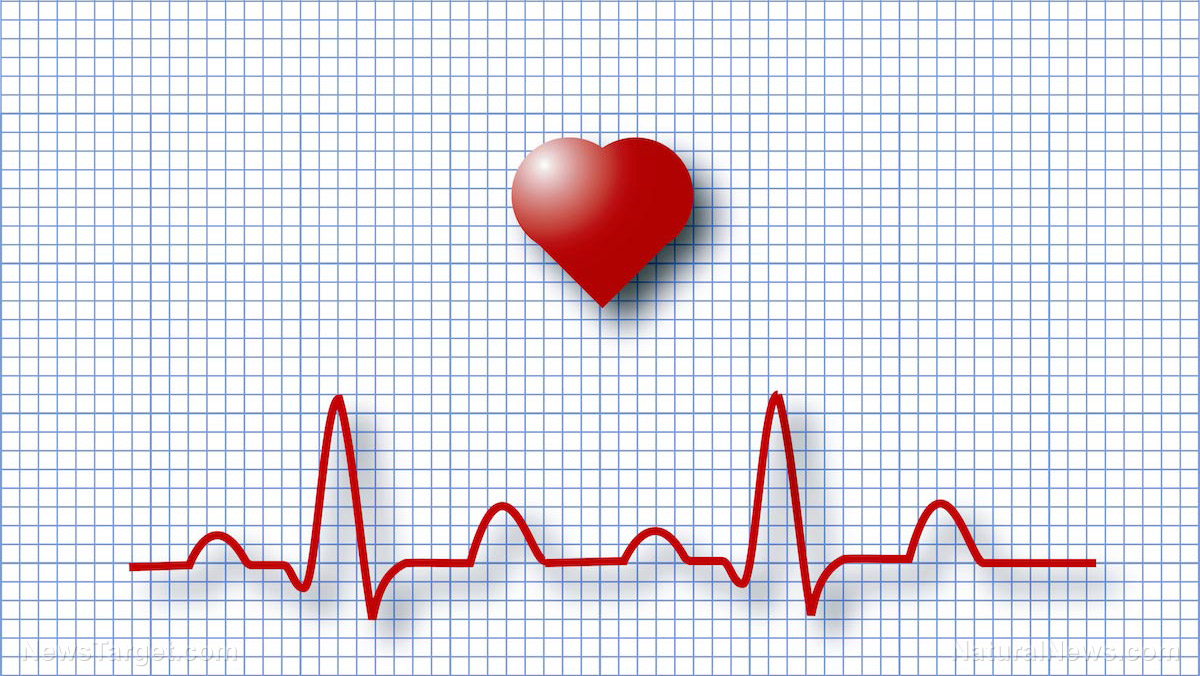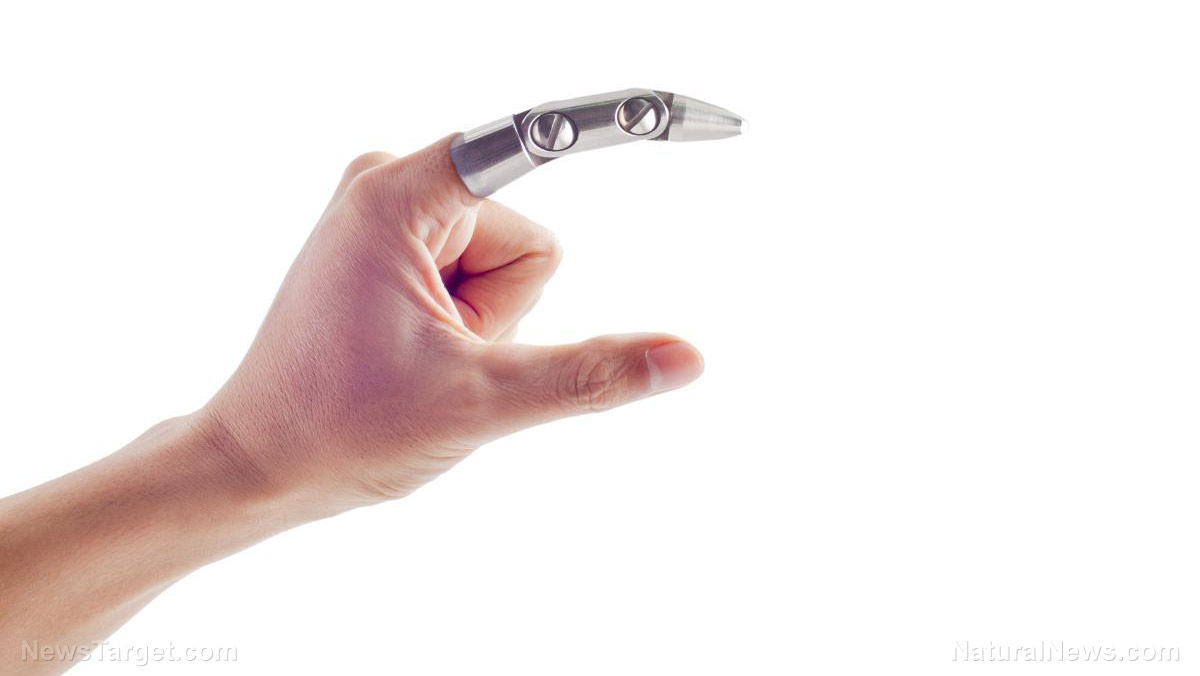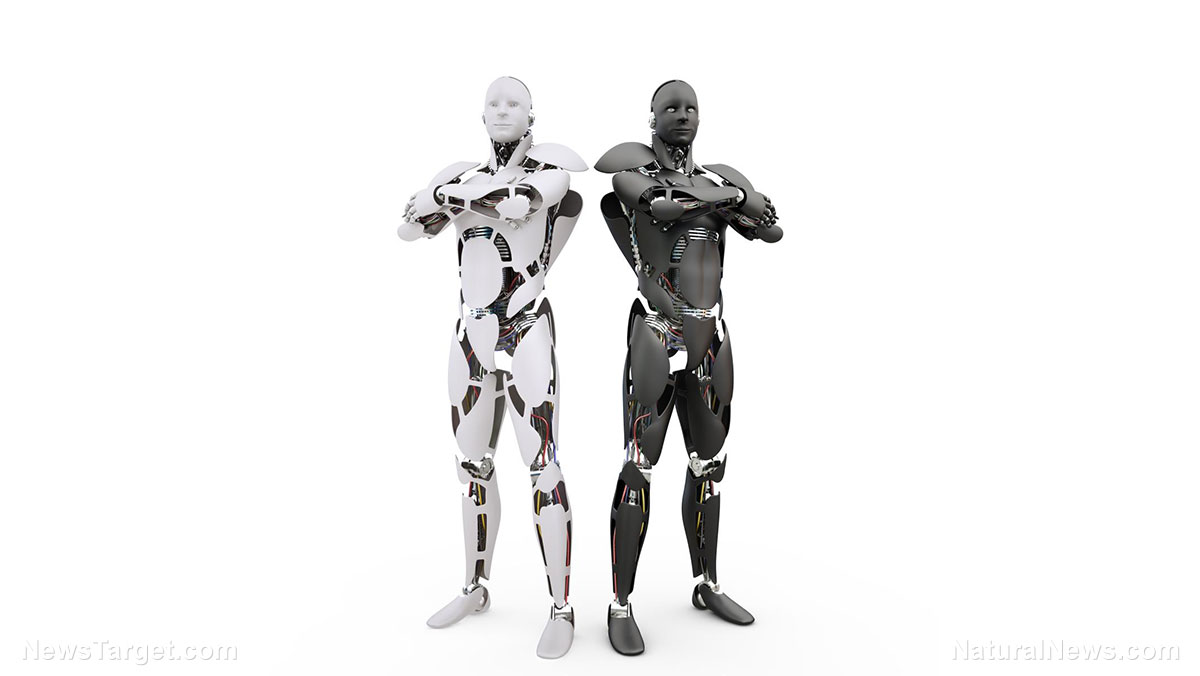
Professor Takao Someya, from the University of Tokyo's Graduate School of Engineering pioneered the project to build a revolutionary home healthcare device. The device is the latest development in wearable technology, featuring an integrated biomedical sensor system and a hyper-elastic "skin" that can stretch up to nearly 1.5 times its original size. This combination of wearable tech has been dubbed "skin electronics" for good reason, it seems.
As sources explain, the ultra-thin skin display could change home healthcare for the better – particularly for older adults and the infirm, who often struggle with operating more complicated devices.
The skin-tech is intended to be worn around the arm, though it can be applied to other parts of the body. It features an easy-to-read LED display, along with sensors for recording data and an ultra-thin, super-stretchy elastic "skin."
Someya's device seeks to simplify the process of monitoring and recording vital signs and other necessary biomedical data. In addition to creating a more user-friendly wearable device, the Japanese team has set it up so that users can actually store their biomedical data on a smart device (like a smart phone) or within "the cloud."
So users will not be limited to just real-time display options – if they so chose, all of their data can be recorded and simply stored within the cloud for easy access. The device can even conduct electrocardiograms, which are electronic measurements of patients' heartbeats. Someya and his team are hopeful that their product will soon reach the masses with the help of tried-and-true techniques for mass-produced electronics, like screen-printed silver wiring. According to the United Kingdom's Mirror, the micro LEDs will be mounted onto the ultra-thin skin in a way that's similar to how circuit boards are put together, with soldering paste and a chip-setter.
But mass commercializing isn't the only goal of this project, according to Someya. The manufacturing process they've chosen will also reportedly help keep costs down, making the device more accessible. And according to the project's leader, getting the skin display to as many people as possible is what's important.
"The current aging society requires user-friendly wearable sensors for monitoring patient vitals in order to reduce the burden on patients and family members providing nursing care," Someya explained.
"Our system could serve as one of the long-awaited solutions to fulfill this need, which will ultimately lead to improving the quality of life for many," he continued.
Someya and his team aren't the first to experiment with so-called electric skin. Earlier this year, researchers from Colorado pioneered a self-healing "e-skin" for use in a number of applications, including robotics and biomedicine. This particular e-skin could reportedly measure things like airflow, humidity and other environmental factors.
Of course, while all these technological advancements sound promising, it's hard not wonder about what kinds of things can go wrong. Medical devices can often be subject to the very same viruses and malicious threats that face computers and other gadgets. This poses an undoubted security risk when it comes to a device designed to store your information in the cloud.
While making home medical care easier and more accessible is important, being aware of the risks with any device is also key. Learn more about the latest news in health and medicine at Medicine.news.
Sources for this article include:
Please contact us for more information.



















